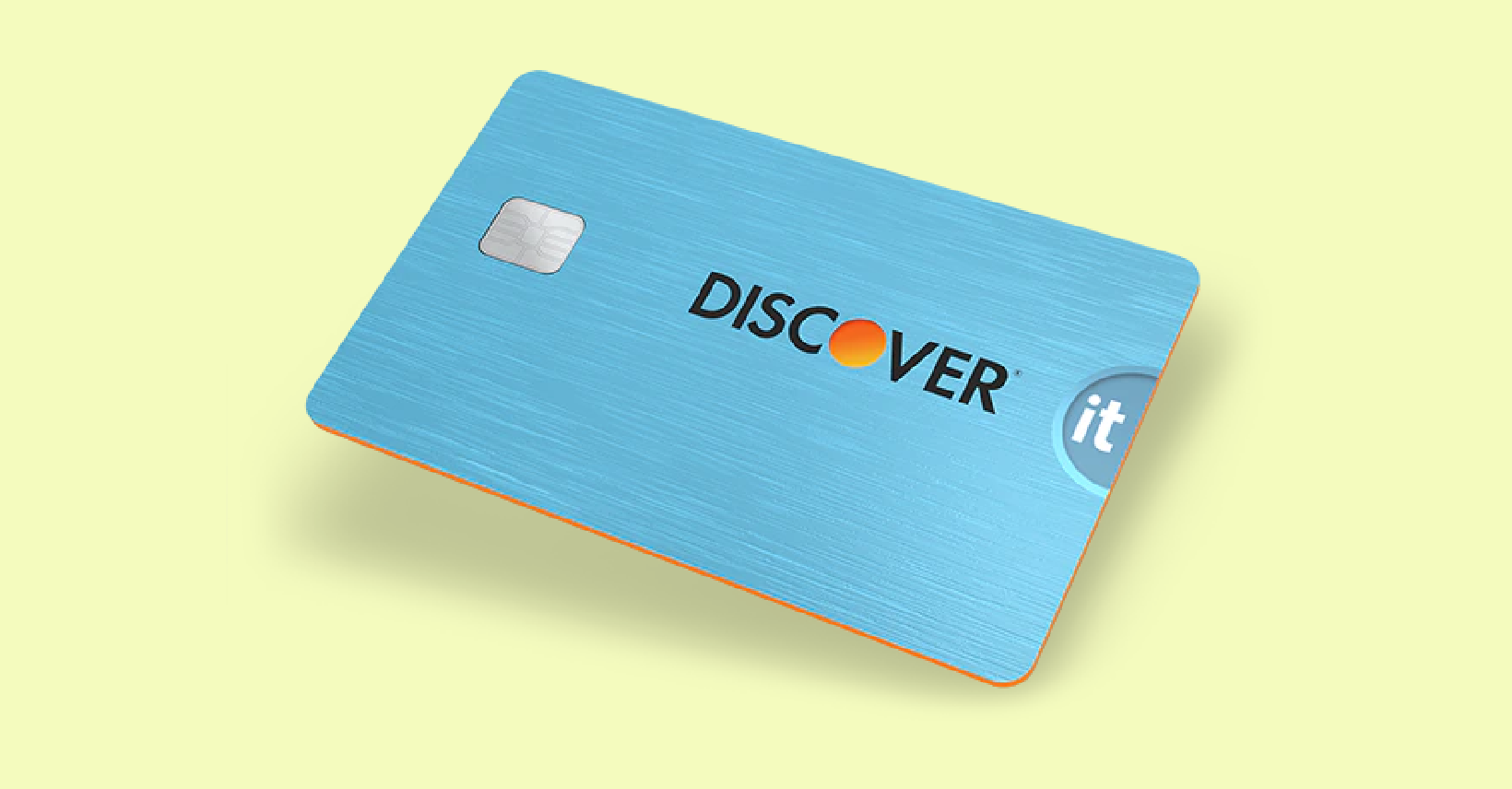
Unlimited 2 points for every $1 spent on travel and dining purchases
Complimentary airport lounge access to Priority Pass™ Select locations
No foreign transaction fees
Up to $550 in combined airline incidental and lifestyle statement credits
You will continue to explore our website
Introducing the Bank of America Premium Rewards Elite Credit Card, a top-tier option for discerning customers in the United States seeking to elevate their financial lifestyle.
This card offers exceptional benefits, such as higher earning potential on travel and dining, designed to maximize your everyday spending and enhance your experiences.
With unparalleled rewards and exclusive travel perks, this credit card ensures you're well-equipped to explore your world while earning valuable points.
Discover how this powerful tool can be your key to smarter, more rewarding financial management.
The Bank of America Premium Rewards Elite Credit Card offers you an enticing way to earn rewards quickly with its unlimited 2 points for every dollar spent on travel and dining purchases.
This means every time you book a flight, stay at a hotel, or dine out, you're earning valuable points toward future savings.
These points can be redeemed for travel expenses, cashback, gift cards, and more, making it a highly versatile perk for frequent travelers and food enthusiasts.
By using this card for your everyday travel and dining expenses, you maximize your financial benefits effortlessly.
Another standout benefit of the Bank of America Premium Rewards Elite Credit Card is its complimentary airport lounge access through Priority Pass™ Select.
This provides you with access to over 1,300 airport lounges worldwide, where you can enjoy a tranquil environment away from the bustling crowds.
Here, you can relax with refreshments, Wi-Fi, and other premium services that enhance your travel experience.
For frequent travelers, this amenity offers a luxurious way to make long layovers or delays more comfortable and productive.
You will continue to explore our website
When traveling abroad, you'll appreciate the absence of foreign transaction fees with this credit card.
Many cards charge a standard fee of 3% on international purchases, which can add up quickly.
For example, if you spend $1,000 on your trip, you could save $30 in fees.
This benefit not only lets you buy with confidence overseas, but it also helps you stay within your travel budget.
Enjoy seamless shopping no matter where your adventures take you.
This credit card offers an attractive benefit of up to $550 in statement credits.
These credits are for airline incidentals and lifestyle purchases, reducing out-of-pocket expenses.
Imagine getting reimbursed for baggage fees, seat upgrades, or even a relaxing spa day.
These credits enhance your travel and lifestyle experiences by offsetting additional costs.
It’s a practical way to make the most out of your card while enjoying perks tailored to your lifestyle.

Linda Carter is a writer and financial expert specializing in personal finance and financial planning. With extensive experience helping individuals achieve financial stability and make informed decisions, Linda shares her knowledge on the our platform. Her goal is to empower readers with practical advice and strategies for financial success.